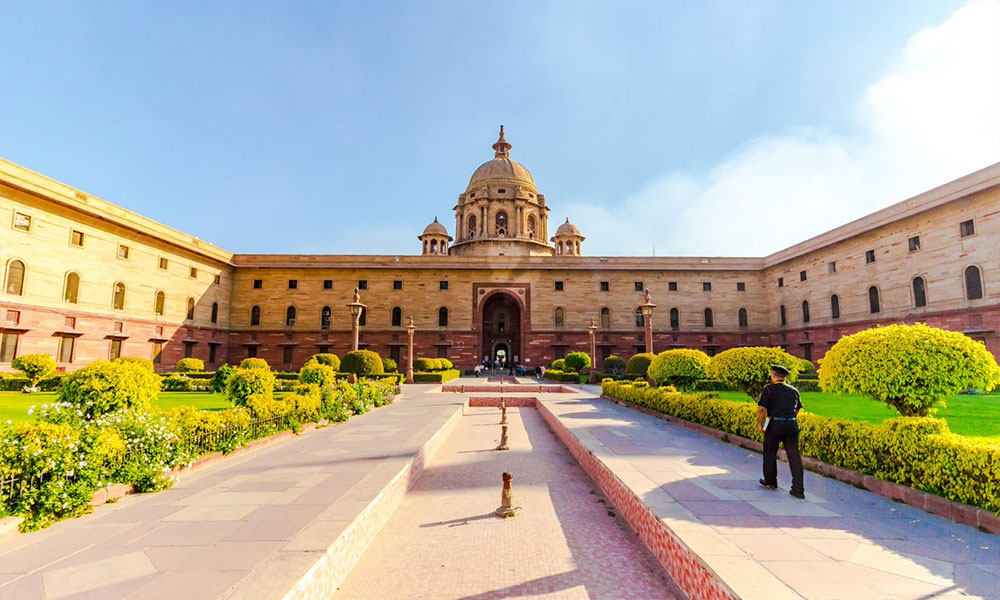Delhi’s seven cities, the seats of the empire, made it an important hub during the British rule and thus, in 1857, when almost two-thirds of India came under their control, the British shifted their headquarters to Delhi, and soon after, in December 1911, shifted their capital from Kolkata to Delhi. As the decision to build the eighth city of Delhi was formed, search for a good location led the British to lay the foundation stone at King sway Camp, only to be removed later and shifted to Raisina Road, around which, Delhi’s eighth city New Delhi was decided to be built. It took 20 years to complete the making up of Delhi with key architects Lutyens and Baker. The area of New Delhi was known as DIZ - Delhi Imperial Zone. Here no procession no protest and no opposition was allowed or could take place in British rule. India Gate, the War Memorial, was one of the highlights of Delhi and the privilege of the few. British had lined the hierarchy and the Caste system from India and used it judiciously to keep their workmen at bay.
The imperial Delhi was way out of reach of the commoner in the 1930s. The Connaught Place, which today pulsates with life, was devoid of any Indian food and Indian movie in the inner circle for many years as per the instructions by its then rulers. The only Indian touch to the place during the pre-independence time was a Laxmi Restaurant in the outer circle and later on, a Nirulas was added for the company.
Not many of us know that New Delhi, which was designed by Lutyens and Baker and planned by the British, was done keeping a population of 40,000 - 50,000 in mind. Well, no wonder the city is in a bad condition, juggling to create space at every corner. Delhi today is totally a chaotic mess. It is neither urban nor rural. It is just a communal mess, inhabited by people who have no idea what Delhi was the beautiful city of gardens that had charmed an adolescent like me on my many frequent visits from Lahore.
Back in the times of the British, the Havelock circle (what we today call the Gol Dakkhana that lies in shambles) was the main square and the Havelock road was the main area in the DIZ. It was the most prominent area of the imperial Delhi. The road used to be sprinkled with water at 4 am every morning and one could walk barefoot on the stretch while taking in the serene beauty that Delhi exuberated then. Today, it’s all a concrete jungle.
However, Delhi’s charms exist untouched in its older parts, i.e., the good Old Delhi. Mughal’s architectural imprint, in the form of various monuments and gothic structures, is the pride and soul of Delhi. From the Paranthe Wali Gali to the coffee shops, payes served at Jama Masjid, the chat shops, owners of which are families that have been into these businesses for many years now, all leave a person in complete awe of the place. I can safely say that the charm of Old Delhi has not lessened with time or population. In fact, with the metro has made inroads in this old part of Delhi, the region has become all the more accessible for people today.
